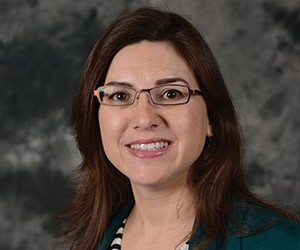The American Diabetes Association (ADA) has a problem. Its premier event, Scientific Sessions, encourages information overload.
“You can’t change the data-heavy nature of our mission: to prevent and cure diabetes and to improve the lives of all people affected by diabetes,” says Germaine Schaefer, ADA’s director of convention operations. “But you can make it more fun and more engaging. Our goal is to break this huge event into a series of individual and small-group experiences that give attendees a personal piece of what happens.”
There are nearly 30 million people in the U.S. living with diabetes and close to 400 million globally. That gives the ADA an enormous audience of patients, family members, medical professionals, industry and regulators.
The 75th annual Scientific Sessions, held in Boston this past June, drew about 18,000 global participants for five days of nonstop seminars and other presentations detailing the latest scientific thinking on diabetes.
ADA hasn’t done away with massive plenaries or lectures for 5,000, but for every mega session there are multiple meet-the-expert sessions that give key opinion leaders an opportunity to talk with a few dozen attendees instead of talking at a few thousand.
SMS-based audience response systems and polling questions help focus attendees on presentations instead of email. The Scientific Sessions app incorporates a Twitter feed that is projected on wall-sized displays, keeping attendees in the trending loop.
A surprise hit is a world map studded with pins attendees insert to mark their home location. Schaefer says the map was intended to be a visual reminder that diabetes is a global issue. They didn’t expect it to become the number-one selfie backdrop for attendees from Adelaide to Albany, Abidjan and Zagreb.
“We are an immense organization with long-time attendees who find more value from lectures, and younger members who find more benefit in interaction,” Schaefer says. “Change has to come in small steps. You have to allow time for people to accept change, then take advantage of it. Don’t rush into new ways to engage attendees, and don’t abandon those new tools too soon.”



